1. The Hot Dog Cooker
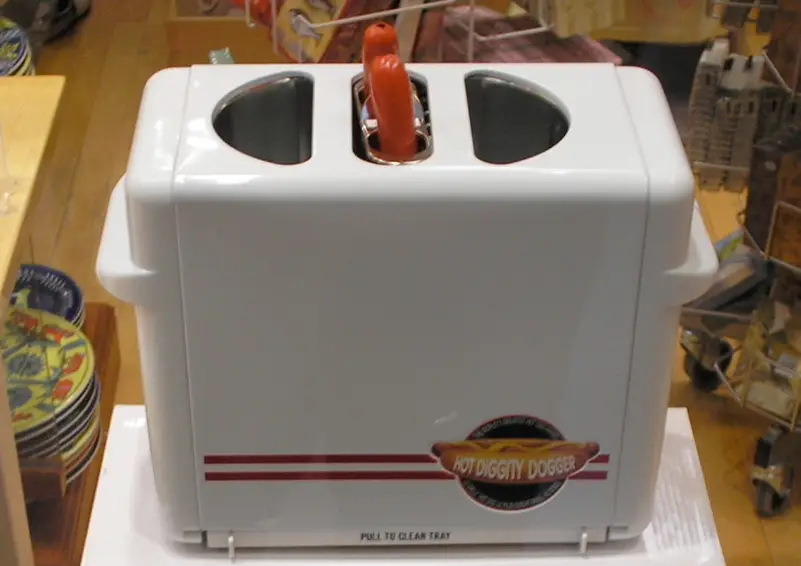
Back in the ’70s, someone decided that boiling or grilling hot dogs was just too much effort. Enter the hot dog cooker, a countertop gadget that zapped your franks to perfection—or at least that was the idea. Many looked like little toasters, with slots where you’d drop the hot dogs in and wait for them to sizzle. Families thought it was a futuristic way to make a quick lunch.
The problem was, the hot dogs often came out rubbery, sometimes burned on one side and still cold on the other. Parents quickly realized a simple pot of water on the stove did the job better. Still, for a brief moment, kids thought it was magical to push down a lever and see their hot dog pop back up. It was one of those short-lived gadgets that seemed genius but didn’t stick.
2. The Electric Knife
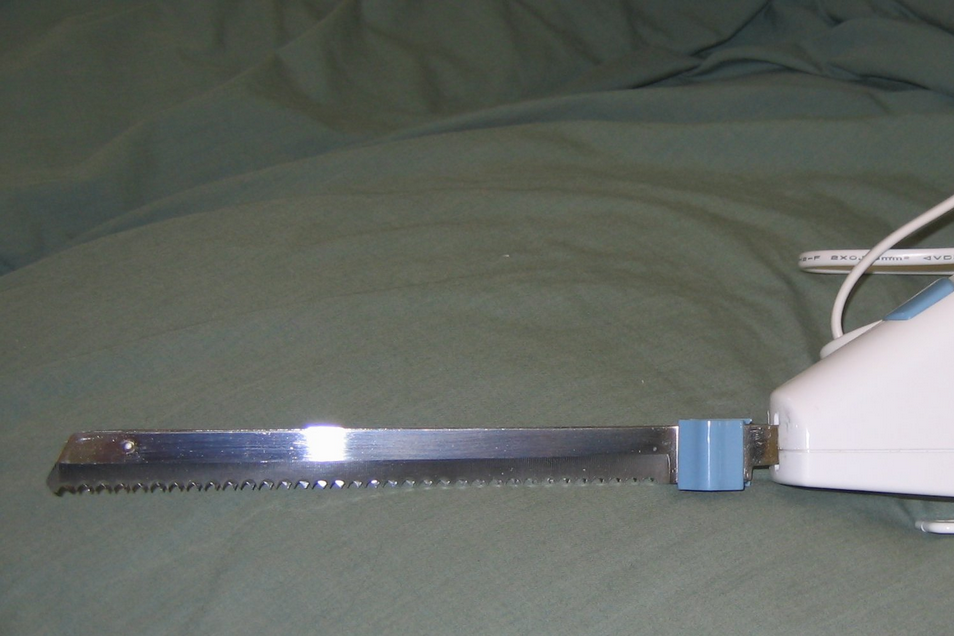
The electric knife was marketed as the answer to perfectly slicing meat at holiday dinners. Instead of struggling with a carving knife, you could plug in this buzzing contraption and let it do the work for you. Housewives of the time loved showing off the tool when guests were around, making it look like a real upgrade in the kitchen.
Unfortunately, it was more noise than function. The blades often tore bread apart instead of slicing it smoothly, and carving turkey wasn’t exactly an elegant experience with it either. Many ended up going back to their sharp kitchen knives, which did the job just fine. Today, most people only remember them tucked away in a cupboard, used once or twice before being forgotten.
3. The Countertop Rotisserie
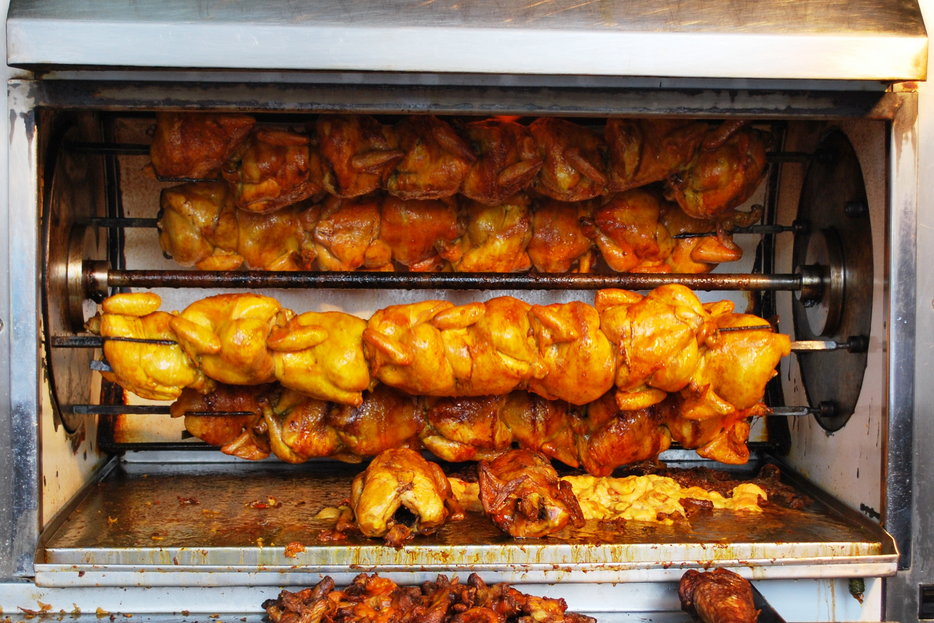
Before air fryers and instant pots, the countertop rotisserie promised restaurant-quality roasted chicken at home. You’d set it on the counter, slide the bird in, and watch as it slowly turned under glowing heating elements. The advertisements made it look like a miracle of home cooking.
In reality, the appliance was bulky, greasy, and a nightmare to clean. Drippings collected in trays that always seemed to overflow, and the smell lingered in the kitchen for hours. It didn’t take long for most people to realize their ovens worked just as well without the hassle. Still, for the short time it was popular, it felt like a piece of professional cooking equipment in suburban homes.
4. The Popcorn Maker Dome
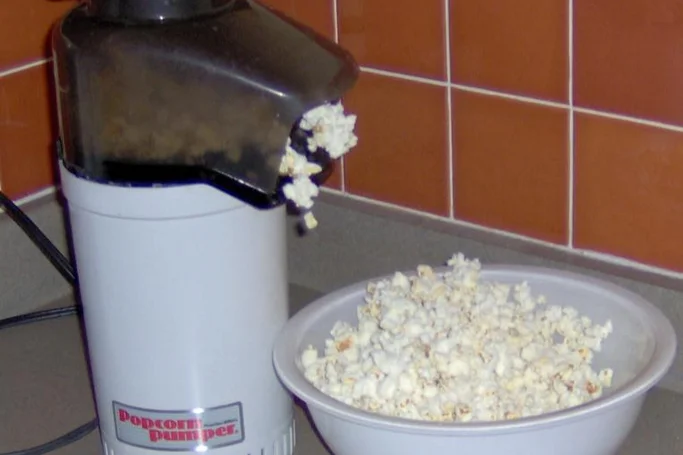
Long before microwave popcorn, families had electric dome-shaped popcorn makers that sat on the counter. You’d pour in kernels, add oil, and watch them tumble around until the lid filled up. It was fun to see the popcorn fly, especially for kids.
But cleanup was messy, and the machine was far from perfect. Kernels often burned or stuck to the dome, and hot oil spatters were a common hazard. Microwave popcorn eventually took over because it was easier, faster, and less dangerous. Still, there’s nostalgia in remembering those buttery clouds spilling out of the dome on movie nights.
5. The Fondue Set
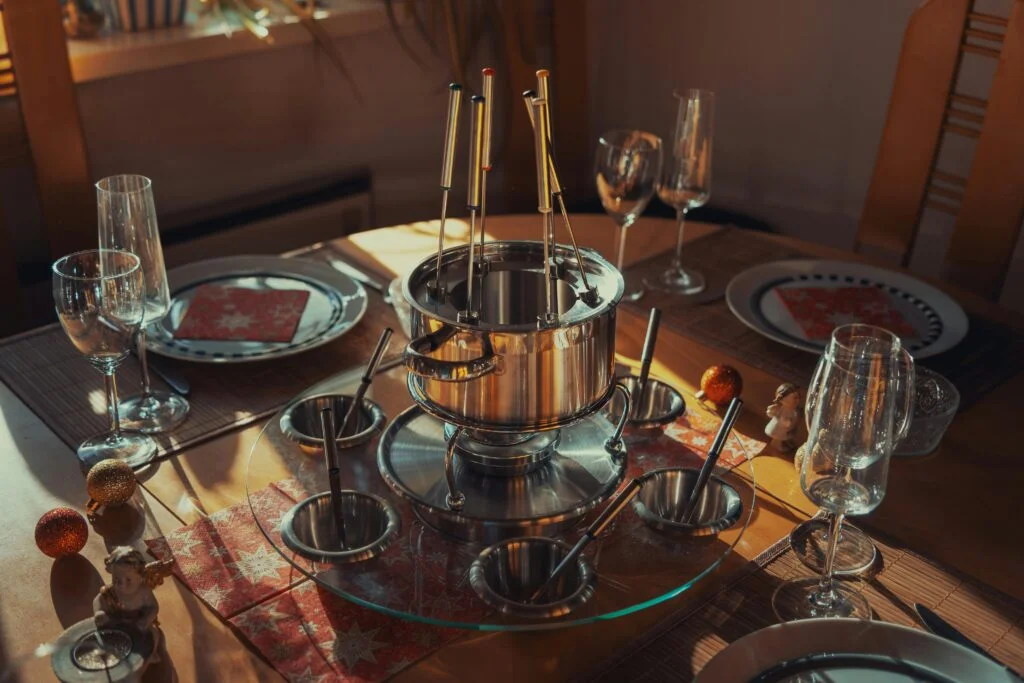
Fondue became the party craze of the ’70s, and having a fondue pot at home was almost mandatory. Whether it was cheese, chocolate, or even hot oil for cooking meat, people gathered around dipping long forks into a bubbling communal pot. It was marketed as both glamorous and fun.
The problem was, it required constant supervision to keep the temperature right. Plus, not everyone loved the idea of double-dipping, even before germ concerns became mainstream. After a while, many fondue sets collected dust in cabinets, used only once or twice. They’ve since become a retro novelty rather than a staple.
6. The Electric Wok
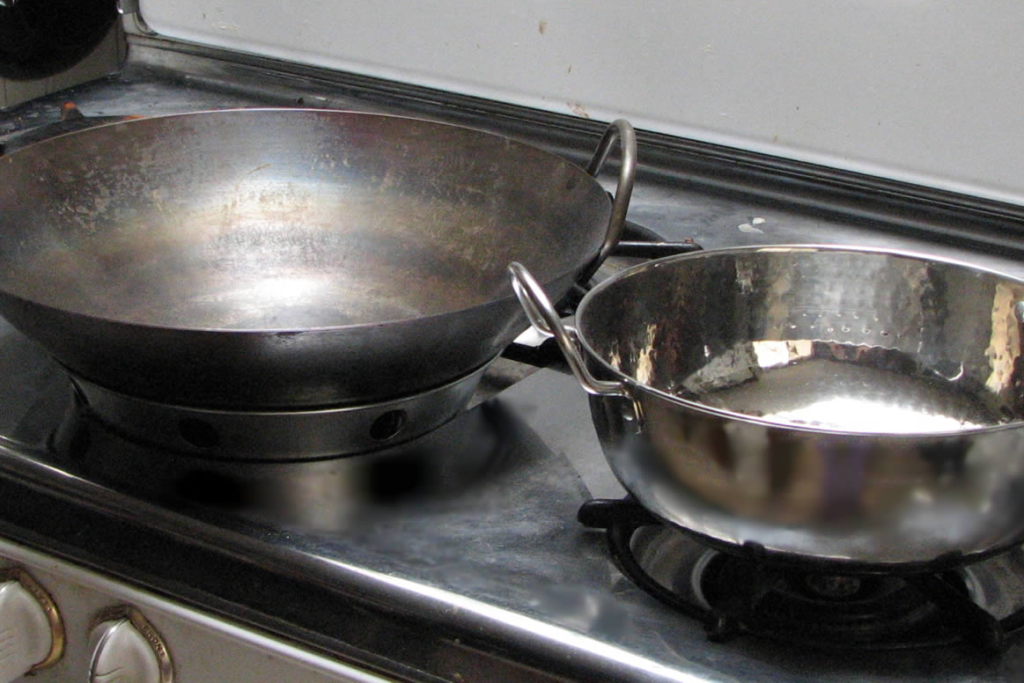
When Chinese-inspired cooking became trendy, so did the electric wok. It let people feel like they were making authentic stir-fry right at home, without needing a gas burner. It plugged in, heated up quickly, and looked exotic compared to traditional cookware.
But it didn’t take long for people to realize it was just another oversized skillet. Food didn’t taste quite the same as restaurant stir-fry, and the cleanup was clunky. After a few uses, many ended up in garage sales. For a while, though, it made weeknight dinners feel adventurous.
7. The Yogurt Maker
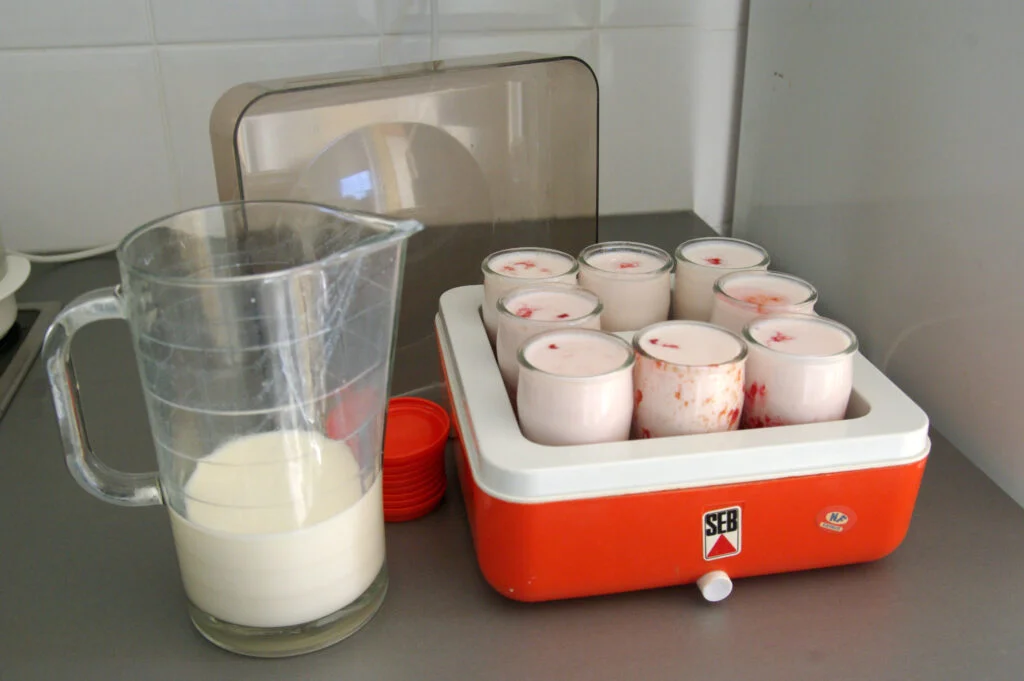
Health fads were big in the ’70s, and yogurt was marketed as a superfood. To keep up, small electric yogurt makers started popping up in kitchens. They usually had little glass jars you filled with milk and starter, then left overnight to “magically” become yogurt.
The trouble was, the results were inconsistent and often sourer than expected. Most families found it easier to buy yogurt at the store, which tasted better and didn’t require planning. Yogurt makers quickly became one of those well-intentioned but impractical purchases. Still, they symbolized the era’s fascination with homemade health food.
8. The Crock-Pot Rival
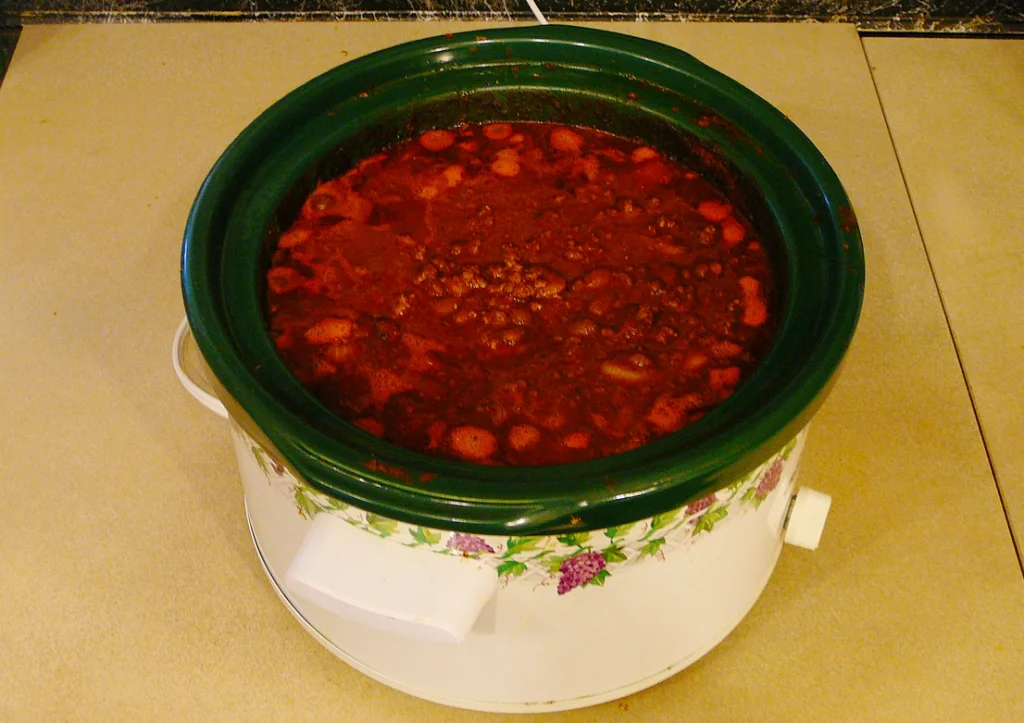
While Crock-Pots themselves are still around, the ’70s saw dozens of competing slow cookers enter the market. Each claimed to be better than the original, often with quirky shapes, patterns, or unnecessary features. They were seen as the perfect solution for busy households.
The problem was, many of the knockoffs were cheaply made and didn’t heat evenly. Food often came out undercooked or scorched on the sides. People who tried them often went back to the tried-and-true Crock-Pot. Still, for a short time, these rival slow cookers filled shelves in department stores across America.
9. The Presto Burger Cooker
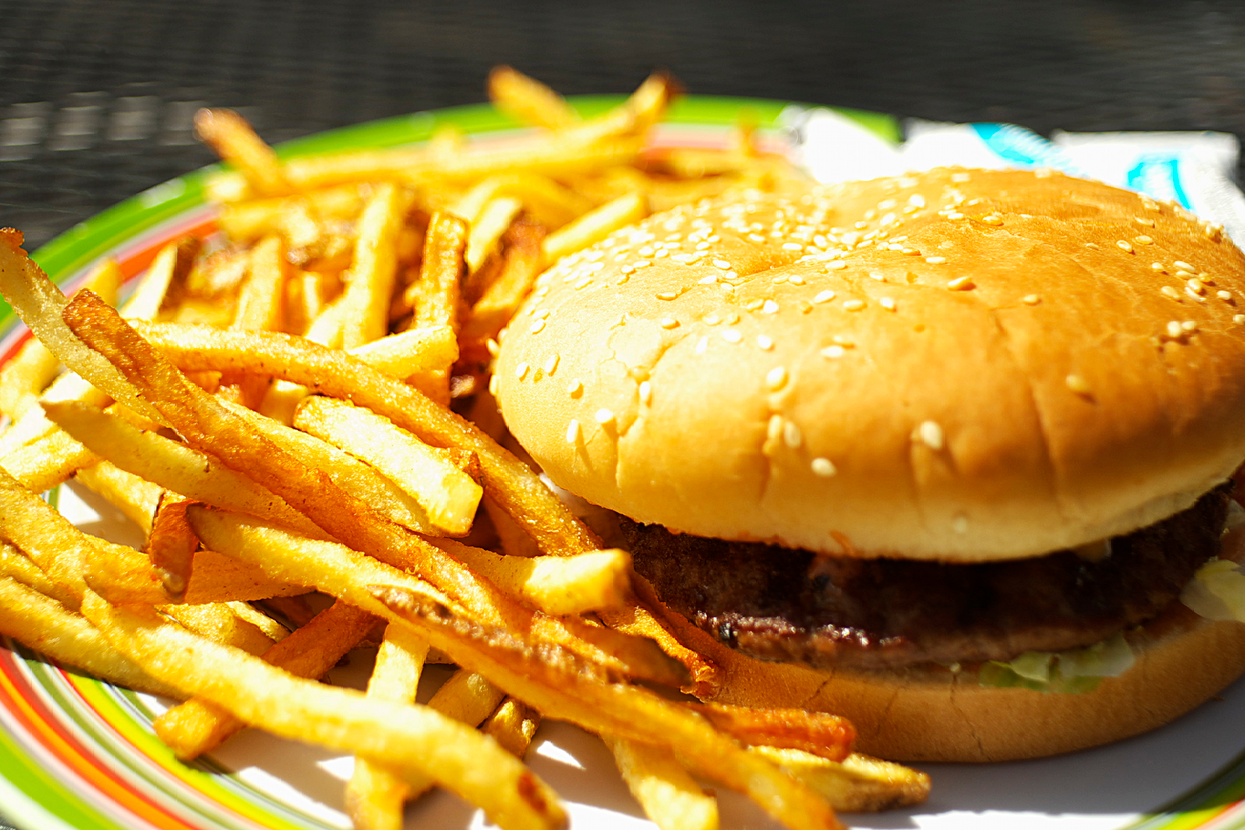
This was essentially a mini grill designed specifically for hamburger patties. You’d press the meat between two heated plates and wait for your burger to cook in minutes. Ads promised perfect results and less mess than using a skillet.
Instead, it often dried the meat out and left the patties tasting bland. Grease dripped everywhere, making cleanup worse than just using a frying pan. It was another example of a “shortcut” appliance that ended up being more trouble than it was worth. Still, it captured the era’s obsession with convenience cooking.
10. The Electric Can Opener
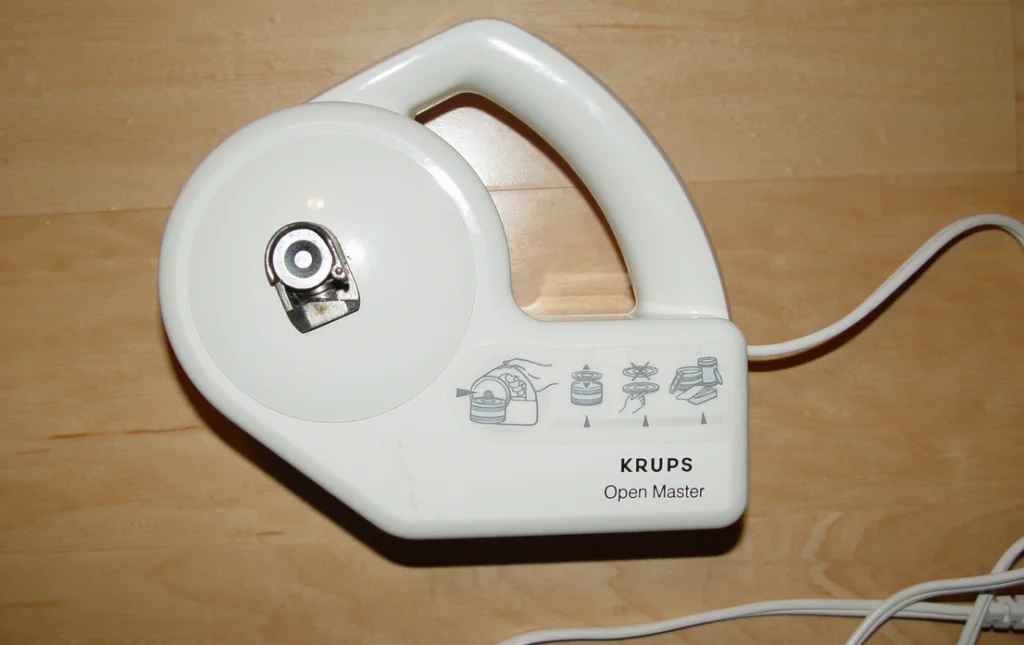
Countertop can openers were considered a sign of a modern kitchen in the ’70s. You’d attach the can, push a lever, and the motor did the work. For busy families, it felt futuristic and classy to have one sitting next to the toaster.
But it took up counter space, and the results weren’t always better than a simple handheld opener. Blades often dulled quickly, leaving jagged edges on cans. Many ended up shoved in a corner until they were eventually tossed out. It’s a reminder of how people once thought automation was always the answer.
11. The Salad Shooter
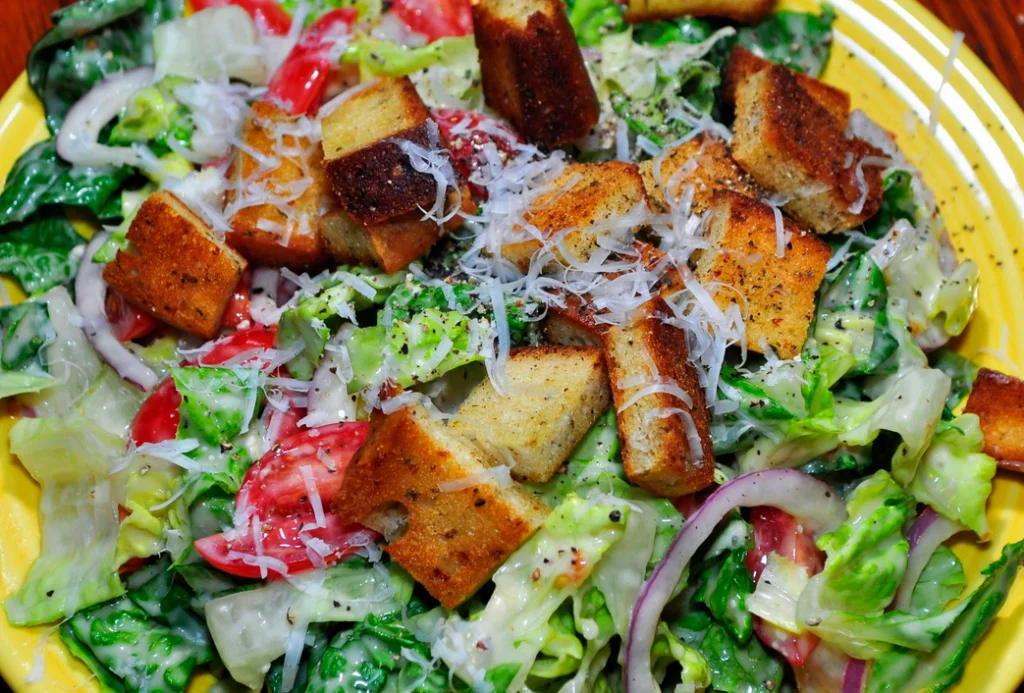
Long before food processors became sleek and versatile, the Salad Shooter promised easy shredding and slicing. You’d feed in vegetables or cheese, and it would spit them out in neat piles. It seemed like a time saver for family dinners.
The reality was that it often jammed, made a mess, and was a pain to clean. Plus, it only did one or two things, unlike more modern appliances that multitask. Once the novelty wore off, people went back to knives or better gadgets. Still, it had a moment when everyone thought salad prep was about to get revolutionized.
12. The Ice Crusher

Having crushed ice at home felt luxurious in the ’70s. Electric ice crushers were marketed as a must-have for entertaining, especially when cocktails were involved. Guests loved hearing the loud crunch of cubes turning into snowy ice.
But the machines were clunky, loud, and often broke easily. Ice trays from the freezer or even bagged ice ended up being simpler options. For a while, though, people loved showing them off during parties. It’s one of those gadgets that felt glamorous until the hassle caught up.
13. The Food Dehydrator
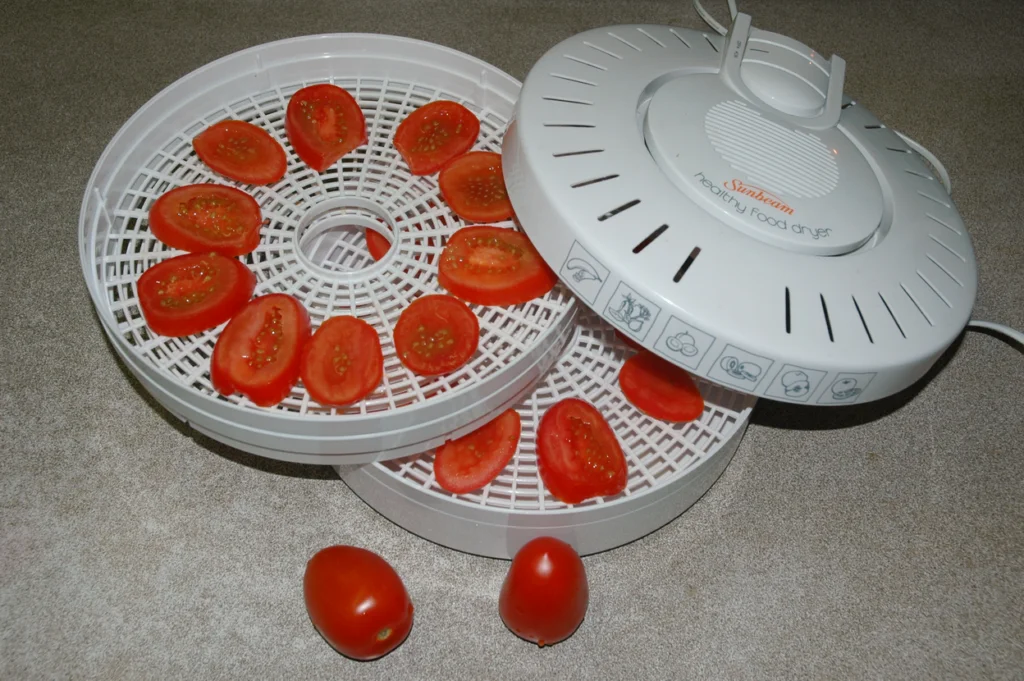
Homemade dried fruit was all the rage in the health-conscious ’70s. Food dehydrators promised to let you turn apples, bananas, and even beef into long-lasting snacks. They stacked in trays and hummed away for hours.
But the process was slow, noisy, and not always worth the effort. Store-bought dried fruit was easier and usually tasted better. Many families used the dehydrator once or twice before giving up. Still, for a short time, it felt like the future of healthy snacking.
14. The Bread Maker
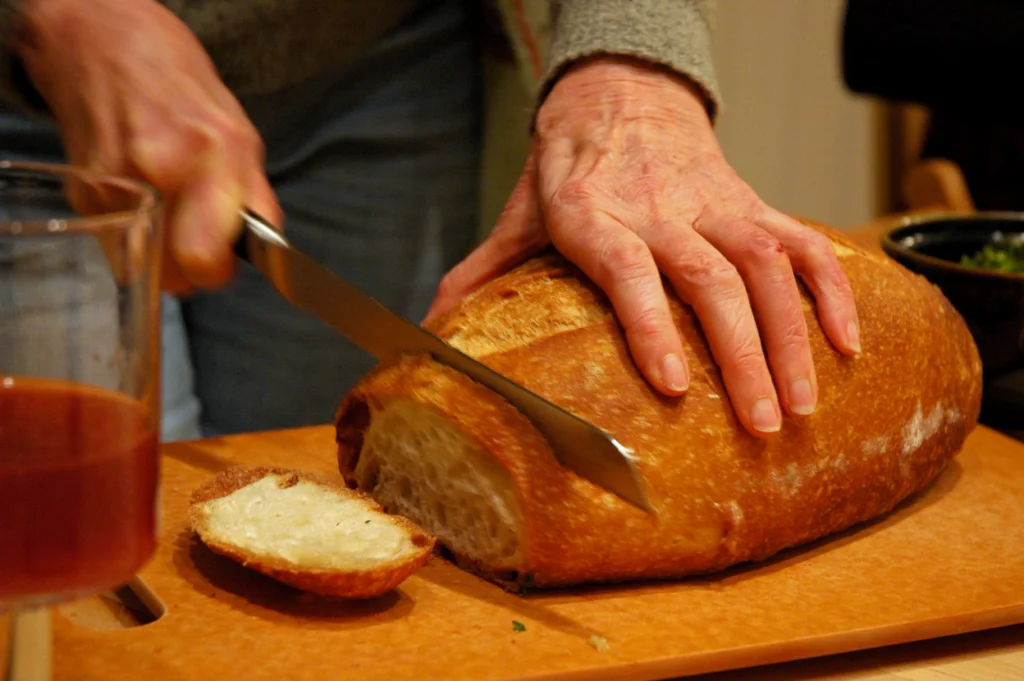
Before the ’90s bread maker revival, there were early models in the ’70s that promised fresh loaves at home. You’d pour in ingredients, push a button, and wait for the aroma to fill your kitchen. It seemed like a dream for families who wanted homemade bread without the labor.
The issue was, the loaves often came out oddly shaped and dense. Cleaning the machine was also a chore, especially with sticky dough. Most people discovered that bakery bread or a simple oven recipe worked better. But during its brief heyday, it made families feel like artisan bakers.
15. The Egg Scrambler
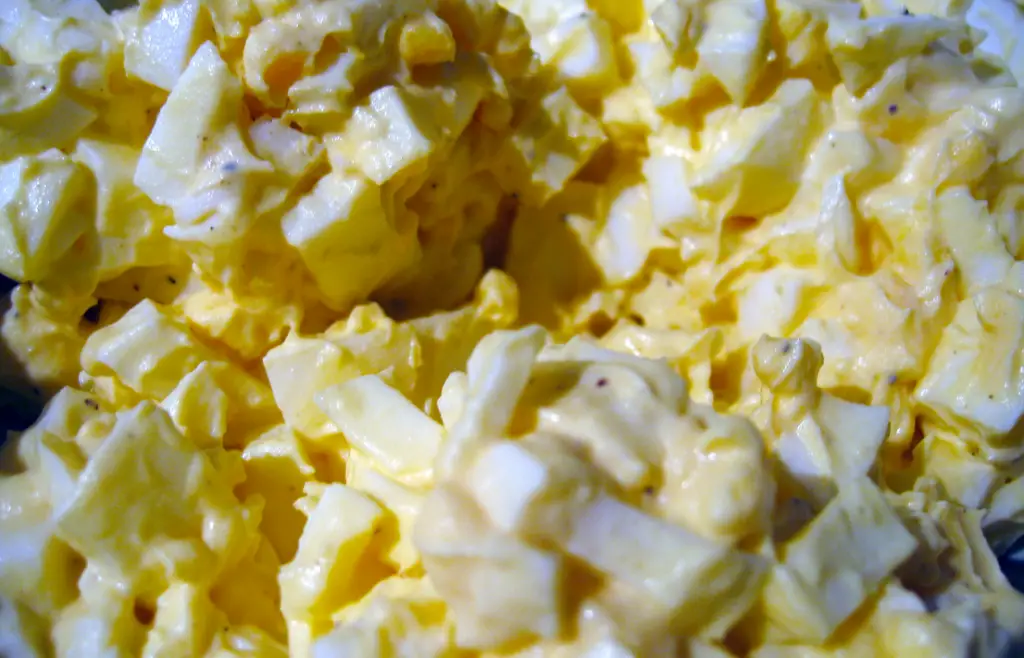
This gadget was as strange as it sounds. You’d put a raw egg inside, and it would supposedly scramble the yolk and white together inside the shell. The idea was to cook a perfectly mixed egg once you cracked it open.
In practice, it was more of a novelty than a necessity. It didn’t always work, and people realized a fork and a bowl did the same thing in seconds. Still, it was a fun reflection of the era’s love for quirky “time-saving” gadgets. Today, it’s mostly remembered as one of those odd little inventions that didn’t stand the test of time.


